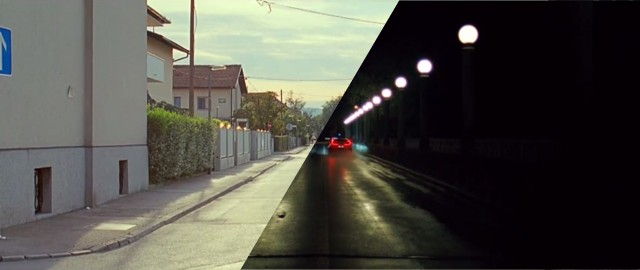2014 was noted as the year of content marketing. And 2015, the year of visual storytelling.
On any given day, you can find an abundance of articles, videos, and blog posts around the latest in brand outreach, which is happening through advertising, PR, and marketing. We attend international conferences to predict the next big strategy and spends hours on webinars to analyze existing content and the impact it’s made. I’ve been fortunate to work for brands that are willing to invest in these resources, so it’s all-too-often that I’m up through the night searching the internet for great examples to share and to inspire future work. But it doesn’t take a marketing genius to catch on to the shift into story that is happening in real-time. Anyone who has watched any major television program likely knows about the power of a great story, as they’ve been influenced to buy a product, or at least investigate, following a memorable commercial. These same people also know that there are a few industry’s that have made themselves widely-known in the commercial world. The automobile industry alone has spent $486 million on Super Bowl ads since 2000, spending $96 million in 2013 and buying up 25% of the total ad space in 2014 (Detroit Free Press). The only industry coming close to them is beverages at $68 million that year, which is incredible given that alcohol brands can’t even show their drinks being consumed in commercials. But in 2015 automobile companies started opting out, as General Motors, Ford, and Audi all pulled away from SuperBowl ads to focus on their digital platforms. Visual storytelling remains a priority, however the output is being reconsidered, as brands are leaning digital-heavy and watching as the risk-takers dive head first into the newest platforms, including Snapchat and Instagram Video.
Regardless of platform, it felt as though something had to change within the automobile industry. A single description of a car commercial could be relevant to over 80% of the brands, as if they were all pulling content from the same playbook. Fast turns, quick camera movements, a dynamic aerial shot of the car winding through the mountains with elegance and poise. A woman in a long, sexy dress waiting outside of the mansion and wondering who is behind the wheel of the illustrious car. We’ve seen it over and over again, with only a handful of changing elements. It’s fascinating that a large brand would spend millions on the production and distribution of a commercial that looked just like everyone else’s, although I play devil’s advocate with myself and assume that many of those decisions are based upon loads of data and research. But in the last year, I’ve seen a few campaigns that seem to be changing the game for the automobile industry.
Honda teamed up with Wieden + Kennedy London to create “The Other Side” a dual-story video that turned into an interactive YouTube experience. Viewers press and hold R on their keyboard to switch the story from an ordinary man driving his Civic to his alternative lifestyle in the Civic Type R. The editing and production that helps parallel these two contrasting stories along with the unheard of technology that allowed this level of engagement is leaving film producers and creatives alike wide-eyed and envious. This is a fantastic example of powerful visuals.
Dodge has placed themselves as the charismatic change of the Industrial Revolution, as brothers Horace and John Dodge quit their jobs at Ford to pursue their own dreams, resulting in a seemingly fabulous Gatsby-like party life. This campaign takes the story that you’d hear in a car museum on a small screen with sterilized headphones attached to it and brings it to the main stage of digital media. A story of brotherly love in timeless fashion personifies a brand that we’ve known for years, but rarely connected to through its people. A fine example in humanizing the brand through story.
You can watch the entire series of Dodge Brothers commercials on their YouTube channel.
There are many other examples to dive into and analyze, from FIAT’s gutsy “Blue Pill” commercial to Cadillac’s “The Daring”, which premiered during the 2015 Oscars. Visual Storytelling now serves as the launchpad to digitally-scaled campaigns that are meant to engage the audience and create opportunities for unique interaction and brand affinity. What brands have responded after you tweeted about their latest commercial? Which campaigns are you sharing? And perhaps the ultimate question: how does that affect your own connection to the brand?
